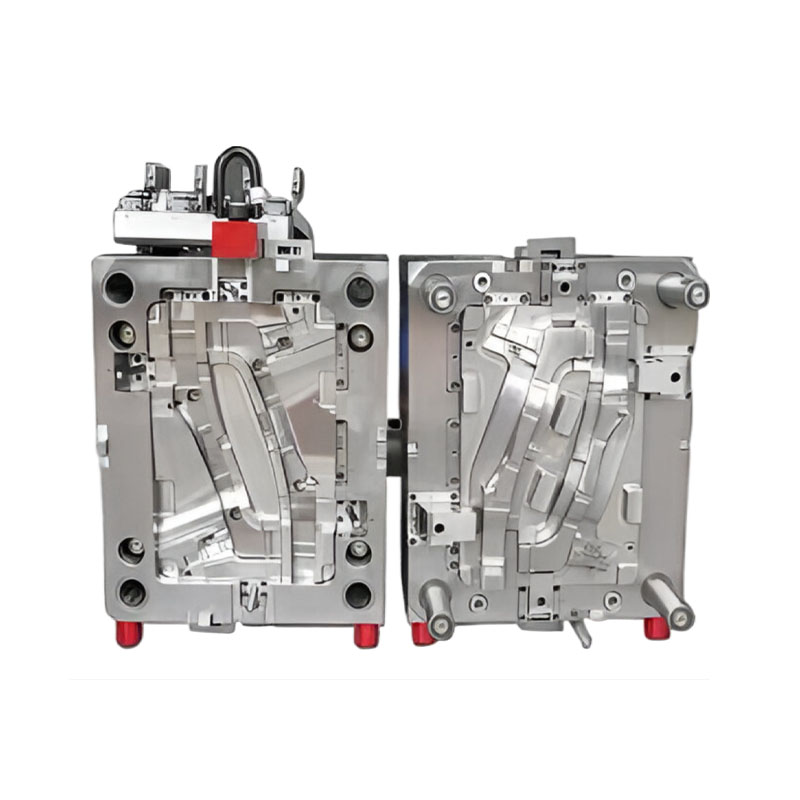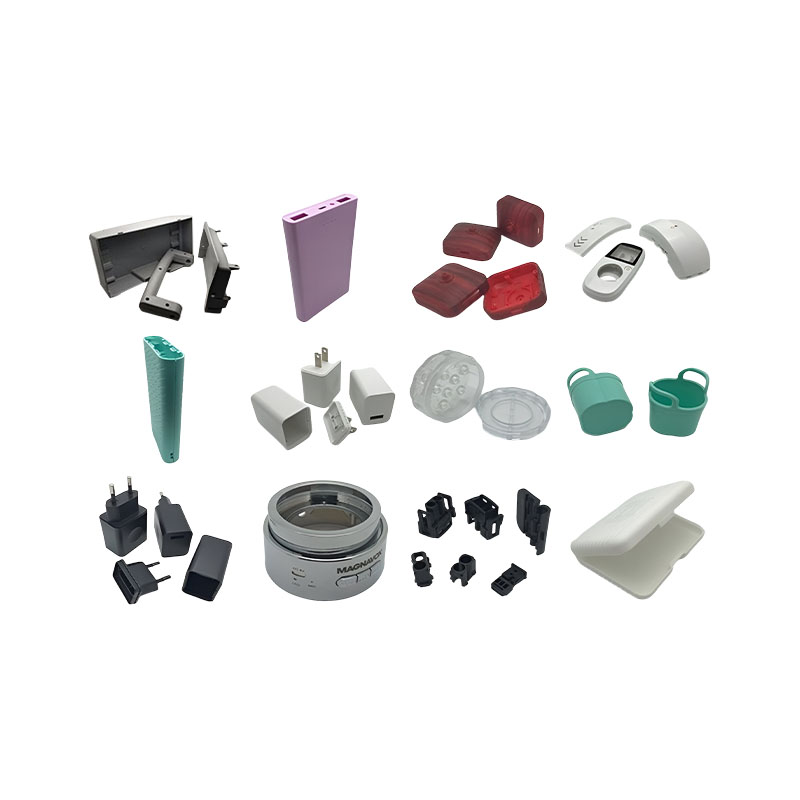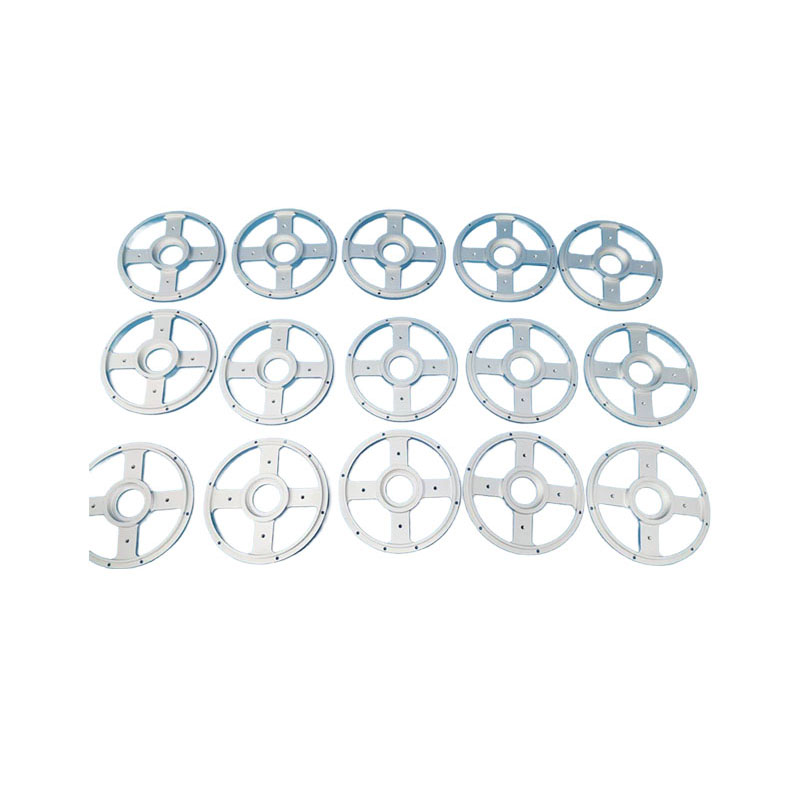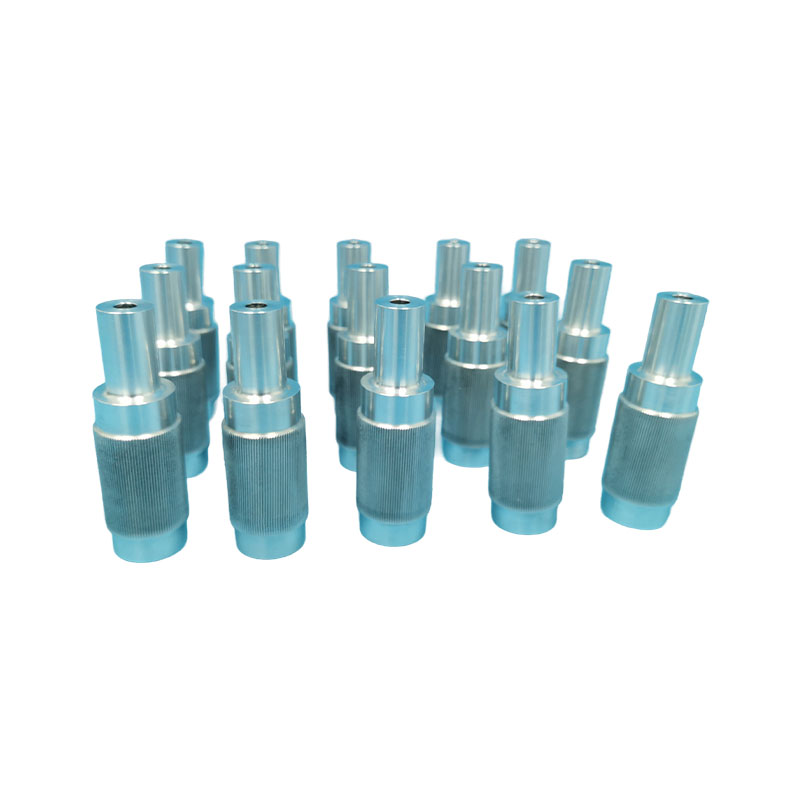Will ct button laser engraving affect the feel?
Release Time : 2025-10-01
CT buttons are the most direct interface between humans and machines. Whether selecting a floor in an elevator, starting a medical device, operating a kitchen appliance, or inputting commands on an industrial control panel, every gentle touch conveys a clear intention. The markings on the button surface—numbers, symbols, or text—are crucial for guiding operation. CT button laser engraving, as an advanced marking technology, is widely used in high-end equipment due to its permanent, durable, and precise characteristics. However, a common concern is: will the engraved markings create a noticeable texture or roughness to the touch? Will it affect the smoothness and feel of pressing the button?
In fact, the impact of CT button laser engraving on the tactile feel is far more subtle than imagined. It doesn't crudely carve grooves into the surface; it's a highly controlled physical or chemical reaction. The laser beam, with extremely high energy density, interacts with the material surface, forming a permanent mark through vaporization, discoloration, or microstructural changes. Depending on the material—plastic, metal, or coated surface—the laser can precisely control the depth and area of the engraving. In most CT button applications, the engraving depth is controlled to a microscopic level, just enough to change the surface color or create a subtle texture, without causing any noticeable physical indentation. Therefore, when your finger slides over it, you hardly feel any resistance, unlike a traditional "groove."
Furthermore, the path of CT button laser engraving can be extremely smooth. Unlike mechanical engraving which might leave burrs or irregular edges, the laser beam is precisely guided by a CNC system, resulting in smooth, uniform lines and sharp, yet not harsh, edges. Whether it's small text or complex icons, the contours blend naturally into the surface. This delicate processing makes the markings an integral part of the button, not a separate element. On smooth, flat buttons, the characters from CT button laser engraving are often only clearly visible under specific lighting angles, and feel virtually indistinguishable from the unmarked area during normal use.
Even for buttons with curves or curved surfaces, CT button laser engraving maintains consistent tactile feel. Modern laser equipment features dynamic focusing systems that adapt to different surface curvatures, ensuring uniform energy distribution and consistent engraving depth. Even on spherical or beveled buttons, the markings won't cause any uneven protrusions or rough edges due to deformation. This adaptability allows designers to freely explore creative human-machine interaction designs without compromising aesthetics or durability.
Of course, in some specific applications, subtle tactile feedback can be an advantage. For example, in medical devices or industrial control panels, operators may need to locate buttons while wearing gloves or with limited visibility. In such cases, the subtle texture or edge created by CT button laser engraving can provide a gentle tactile cue, helping users quickly locate the button and improving operational accuracy. This "perceptible yet unobtrusive" design embodies the essence of human-centered engineering.
Ultimately, the application of CT button laser engraving on CT buttons pursues a kind of "invisible elegance." It doesn't draw attention with dramatic tactile changes, but rather subtly and permanently inscribes information onto the surface. When a finger lightly touches the button, the user feels the texture of the material itself—the smooth plastic, cool metal, or delicate coating—while the markings are clearly visible only when needed. This restrained aesthetic allows interaction to return to its essence: simplicity, reliability, and unobtrusiveness. In every interaction between human and machine, CT button laser engraving silently ensures smooth and dignified operation with precision.
In fact, the impact of CT button laser engraving on the tactile feel is far more subtle than imagined. It doesn't crudely carve grooves into the surface; it's a highly controlled physical or chemical reaction. The laser beam, with extremely high energy density, interacts with the material surface, forming a permanent mark through vaporization, discoloration, or microstructural changes. Depending on the material—plastic, metal, or coated surface—the laser can precisely control the depth and area of the engraving. In most CT button applications, the engraving depth is controlled to a microscopic level, just enough to change the surface color or create a subtle texture, without causing any noticeable physical indentation. Therefore, when your finger slides over it, you hardly feel any resistance, unlike a traditional "groove."
Furthermore, the path of CT button laser engraving can be extremely smooth. Unlike mechanical engraving which might leave burrs or irregular edges, the laser beam is precisely guided by a CNC system, resulting in smooth, uniform lines and sharp, yet not harsh, edges. Whether it's small text or complex icons, the contours blend naturally into the surface. This delicate processing makes the markings an integral part of the button, not a separate element. On smooth, flat buttons, the characters from CT button laser engraving are often only clearly visible under specific lighting angles, and feel virtually indistinguishable from the unmarked area during normal use.
Even for buttons with curves or curved surfaces, CT button laser engraving maintains consistent tactile feel. Modern laser equipment features dynamic focusing systems that adapt to different surface curvatures, ensuring uniform energy distribution and consistent engraving depth. Even on spherical or beveled buttons, the markings won't cause any uneven protrusions or rough edges due to deformation. This adaptability allows designers to freely explore creative human-machine interaction designs without compromising aesthetics or durability.
Of course, in some specific applications, subtle tactile feedback can be an advantage. For example, in medical devices or industrial control panels, operators may need to locate buttons while wearing gloves or with limited visibility. In such cases, the subtle texture or edge created by CT button laser engraving can provide a gentle tactile cue, helping users quickly locate the button and improving operational accuracy. This "perceptible yet unobtrusive" design embodies the essence of human-centered engineering.
Ultimately, the application of CT button laser engraving on CT buttons pursues a kind of "invisible elegance." It doesn't draw attention with dramatic tactile changes, but rather subtly and permanently inscribes information onto the surface. When a finger lightly touches the button, the user feels the texture of the material itself—the smooth plastic, cool metal, or delicate coating—while the markings are clearly visible only when needed. This restrained aesthetic allows interaction to return to its essence: simplicity, reliability, and unobtrusiveness. In every interaction between human and machine, CT button laser engraving silently ensures smooth and dignified operation with precision.







